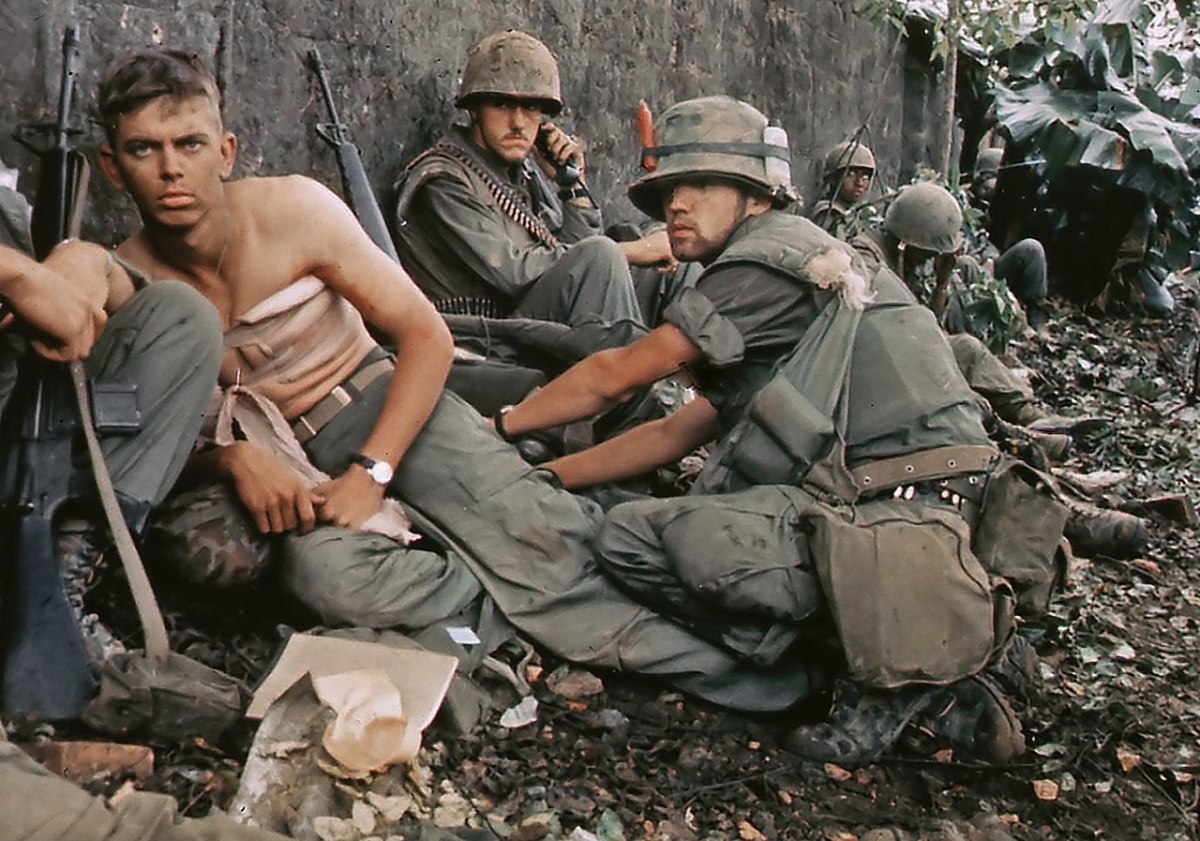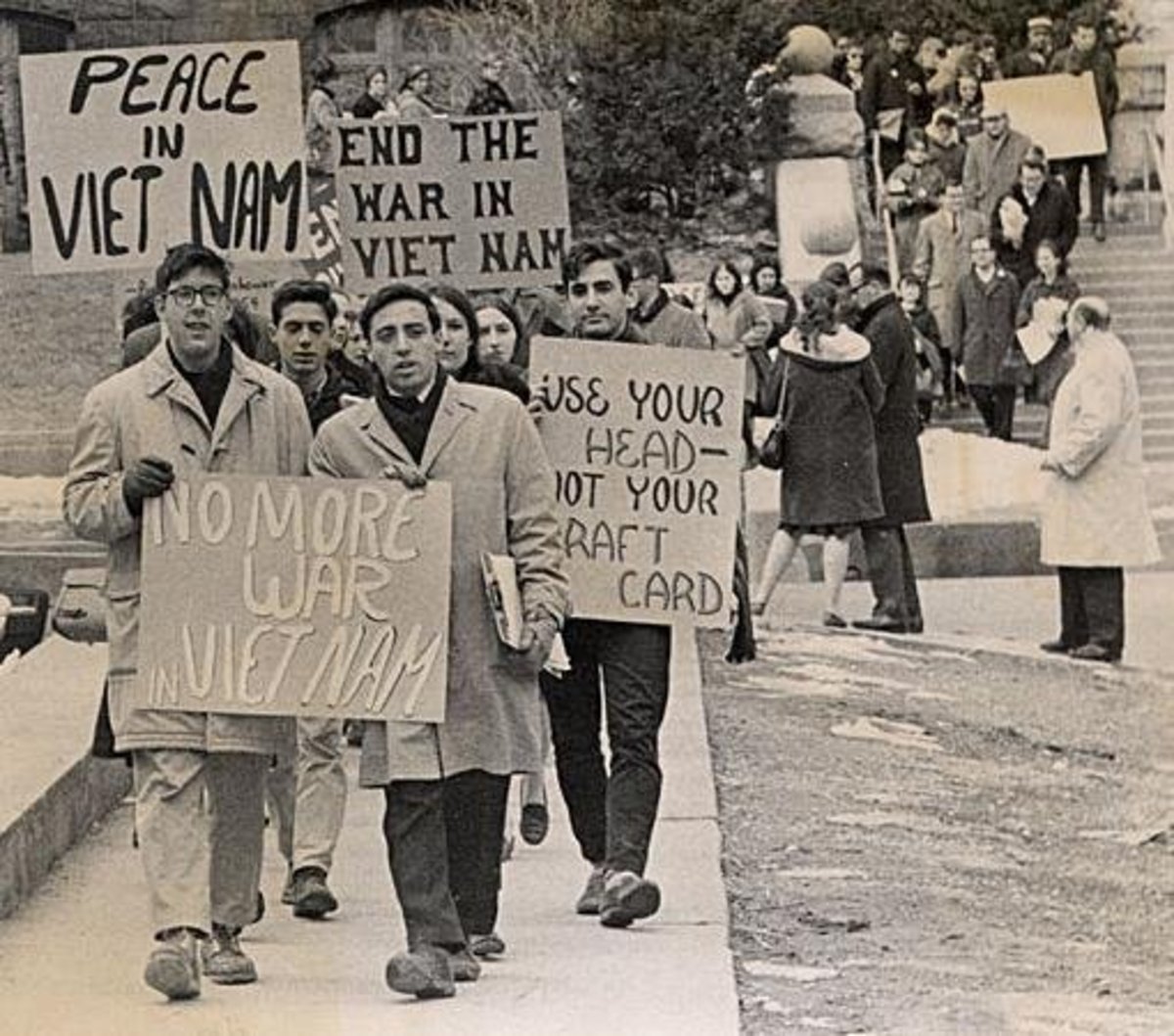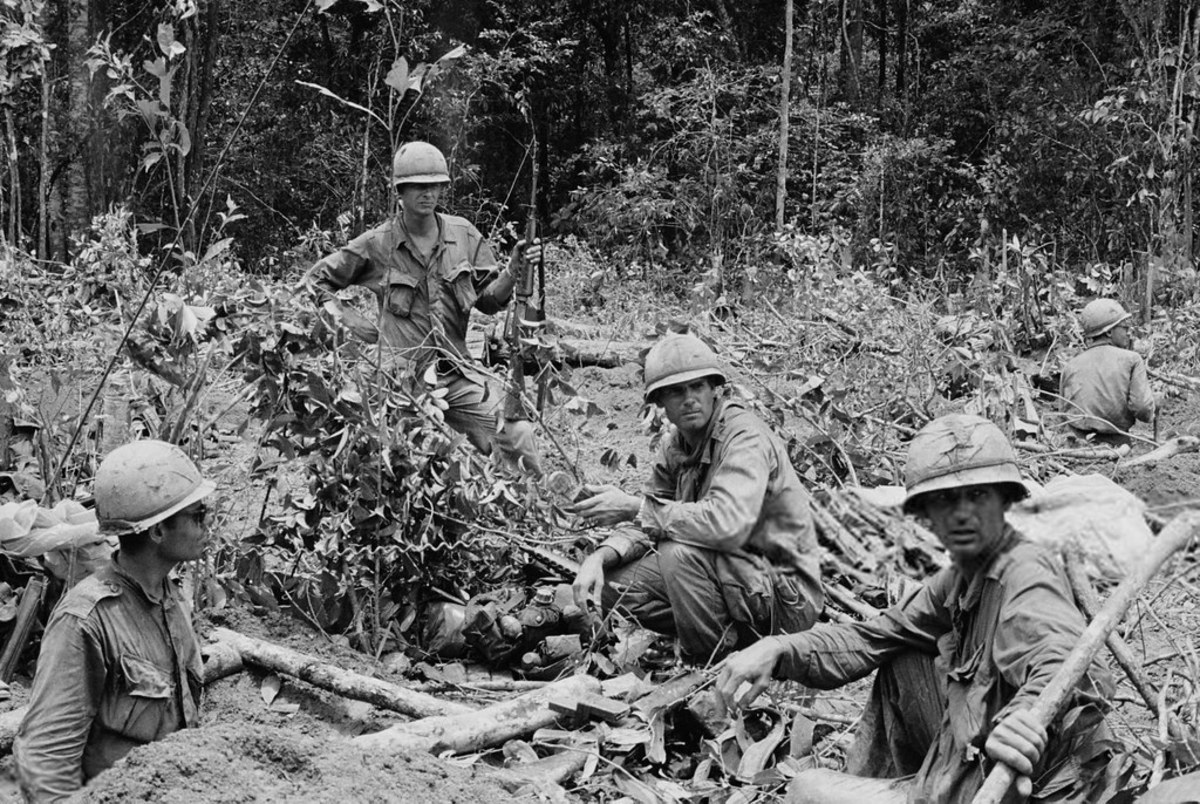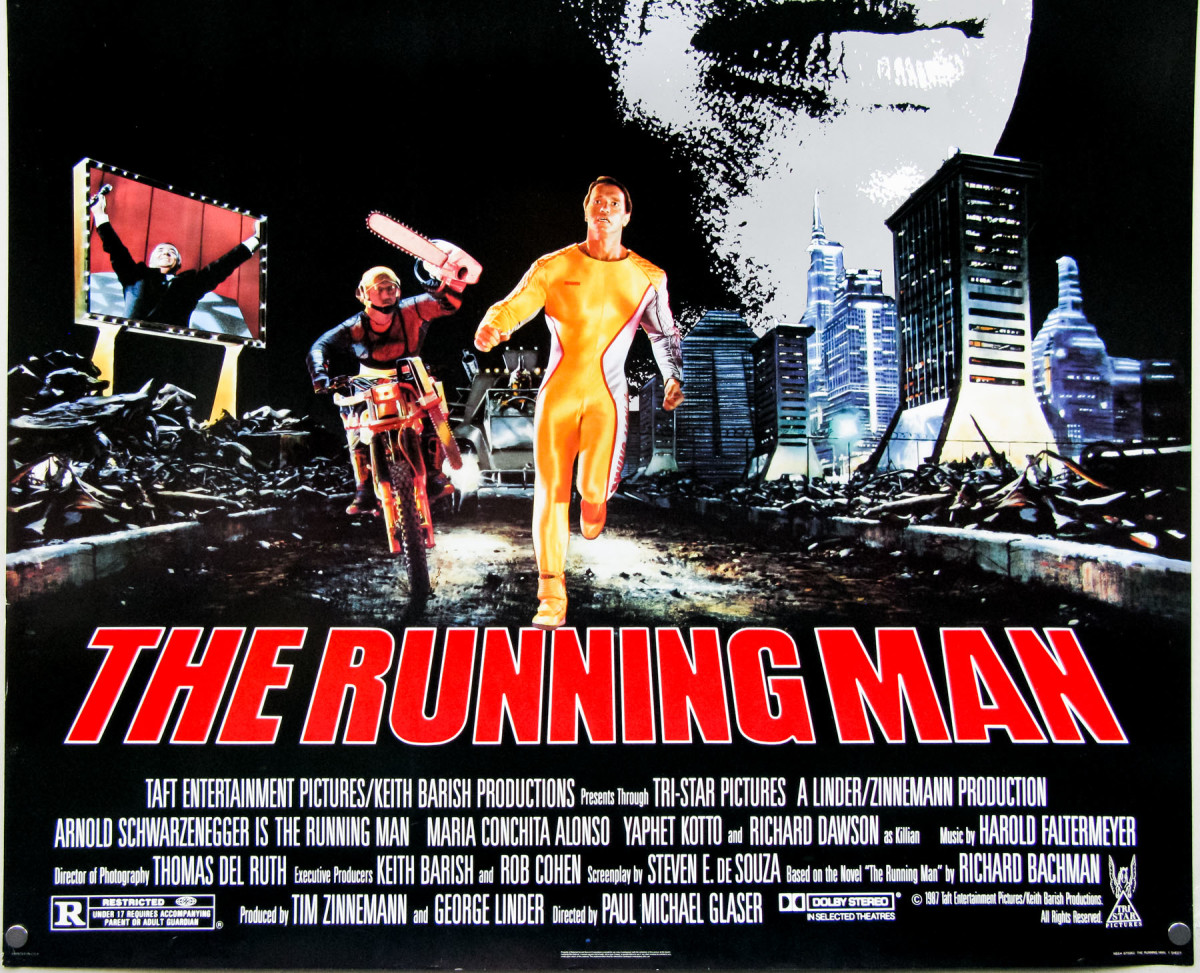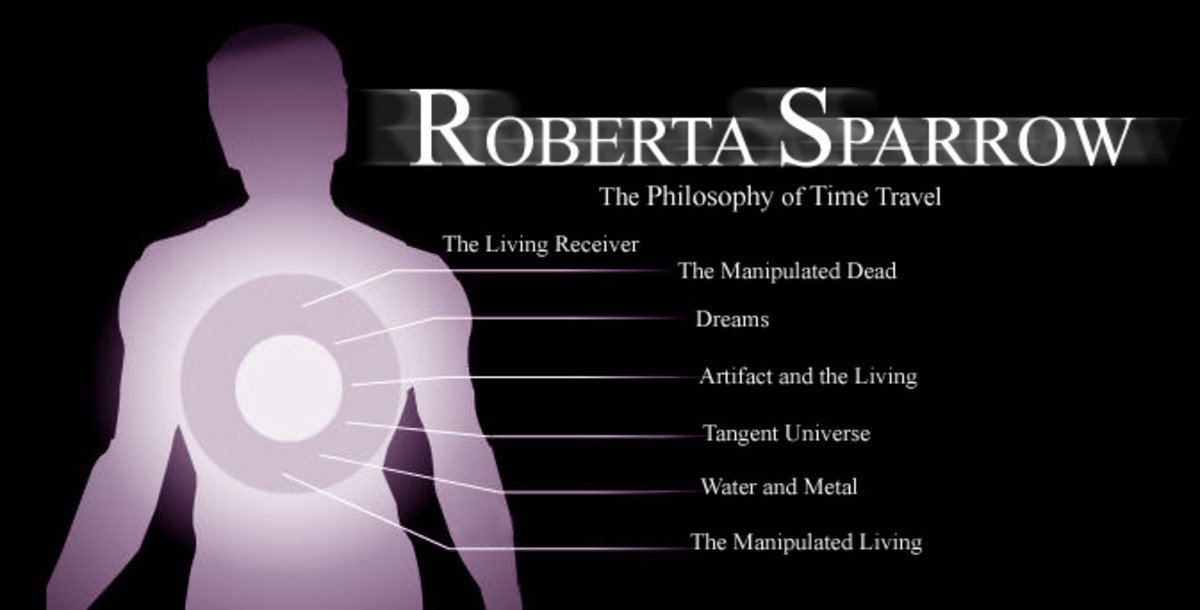Lessons from The Fog War: Evil for the Good to Happen

Lessons from The Fog War: Evil for the Good to Happen
Wars are at times inevitable, and good men should not become passive bystanders in the advent of such events. The Vietnam War, all the participation of other nations, has been hotly debated whether the US involvement was really necessary or not. While many still argue, this short piece attempts to show lessons on the war subject to personal scrutiny of those who may share the view of the writer or the author of the literary piece in the discussion.
General Giap’s two-pronged strategy appeared to be promising known as the Tet Offensive of 1968. This was when the American people were convinced that they were practically winning the war. It was much a political success and a military success as the reputation of the American president during that war would make or break the political power of the leader in position. However, the gamble turned out to be a failure that resulted in a strategic defeat for the United States since the government lost the confidence of the people, who did not believe in the success propaganda. Americans began to doubt if the war was indeed for the betterment of the country.
The Power of Tet
Tet had a devastating effect on US morale because the American thought they were winning the war only to realize otherwise. The American public was swayed to disapprove of the offensive leading to the eventual pullout. Initially, the people were supportive thinking that the president was in control of the situation. However, following the Tet Offensive, the average Joe became doubtful leading to a nationwide clamor for the termination of support in Vietnam. With the credibility of the government at stake and even efforts by the government to persuade and convince the public support that the US was winning, the public got fed up with the assurance without any tangible evidence that the war will end eventually and even be triumphant on the side of democracy.
Johnson’s Take on Tet
Johnson’s interpretation of the Tet was different as he announced that the bombing in North Vietnam will cease and there were attempts to establish peace talks. As the public protested more and more about the war, Johnson then announced that he would not run for the second term anymore. The way to leave the Vietnam war would be in the hands of the next president.
The Vietnamization and Its Downfall
The failure of the Vietnamization strategy surfaced as the US troops had a gradual drawdown it resulting in massive protests about the war. Given that, it eventually, revealed the weaknesses of the ARVN troops. This was the strongest signal that the Vietnamization strategy was not going to work. Although the main thrust of this strategy was to equip the South Vietnamese, it resulted in the fall of Saigon and the formation of the Socialist Republic of Vietnam. Despite the promise of success, the result was a complete failure as the two events happened despite the claimed strategy. A deal was signed to end the involvement of the United Statements in the Vietnam war which was signed by Kissinger and Le Duc. However, this was eventually violated by both parties. Eventually, the war ended on April 30, 1975.
Agent Orange and Its After Effects
Agent Orange was a chemical that stripped the leaves off the trees and was a toxic chemical that killed a lot of people (01:24:12-13). This kind of herbicide was toxic that those who were exposed to it died which made the people think about what law could have permitted the use of this as it caused the death of both soldiers and civilians. Even before its use, Agent Orange was an initial experiment that caused the damage and death of many. McNamara cannot remember whether he permitted or signed the execution of the use of Agent Orange, but he was certain that it was used during his time as Defense Secretary.
King and His Effort to Stop the War
Martin Luther King, given his influence on people, led protests against the war. His influence on the public made a tangential impact on the end of the Vietnam War. He engaged in a symposium along with the senators who go against the war and they managed to convince the public even more than the war should be stopped. The peace movements called for people to act and many were convinced that the US should not have gotten involved in the war. The demonstrators who got a larger number helped in getting the attention of those in power. The public showed disapproval of what was happening in Vietnam. They saw the violation of the rights of the Vietnamese and the troops as well that many people sought for the war to end.
The Fog of War Clearing the War
The Fog of War clarified the actions, issues, and events that transpired during the war under McNamara’s time as Secretary of Defense. He shared the principles that guided him and led him to push the war that America got engaged with and how he justified his actions and his decisions which people most frowned upon. In this documentary, he explains the Colds War, Vietnam War, and Cuban Missile Crisis and the ideologies or rules on war operating behind these events. He saw these as instruments and necessities for society itself. War was needed and what makes it justifiable?
The Author’s Final Solution
Norman Morrison burned himself to death as a form of protest. This then led to McNamara stating that “in order to do good, you may have to engage in evil” (01:25:18). This strengthened his belief in the power of war. He believes that there should be a time when there should be engagement in minimal evil to foster goodness. He believed that by doing evil, good can be promoted. It is a form of sacrifice so that many would be saved. He made use of an example in history to show how war can be used for the common good. Personally, it can go with the saying one must be rude to be nice. That is evil, goodness may happen for the good of many. One should engage in evil but minimize it. For the sake of the public, there should be minimal engagement in the evil which can be in the form of war to save the majority and reap its benefits.
REFERENCE
Morris, E. (2003). “The Fog of War: Eleven Lessons from the Life of Robert S. McNamara”. United States: Sony Pictures Classics, Film.


